Don't wanna be here? Send us removal request.
Text

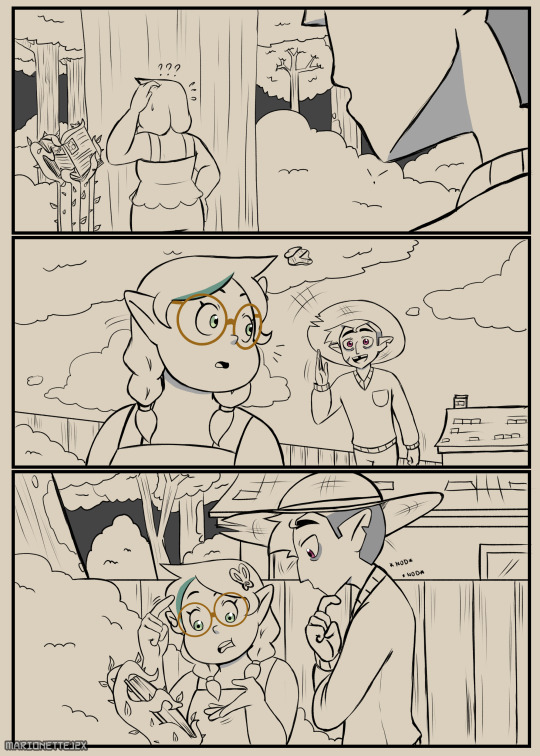
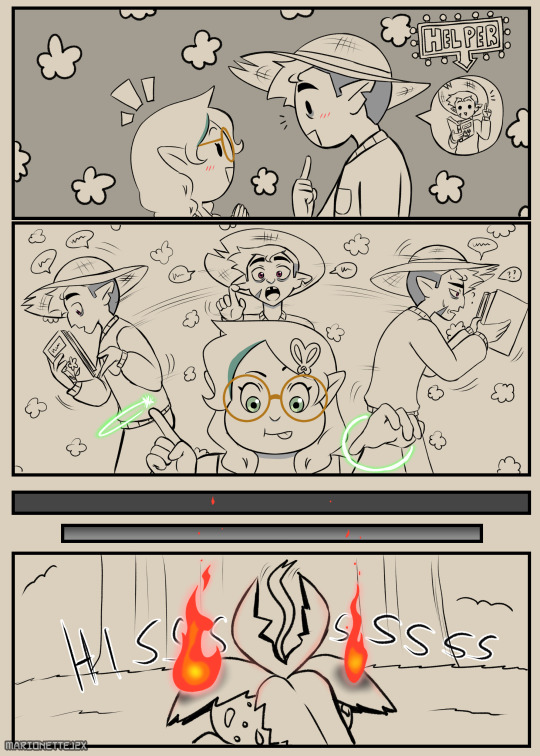
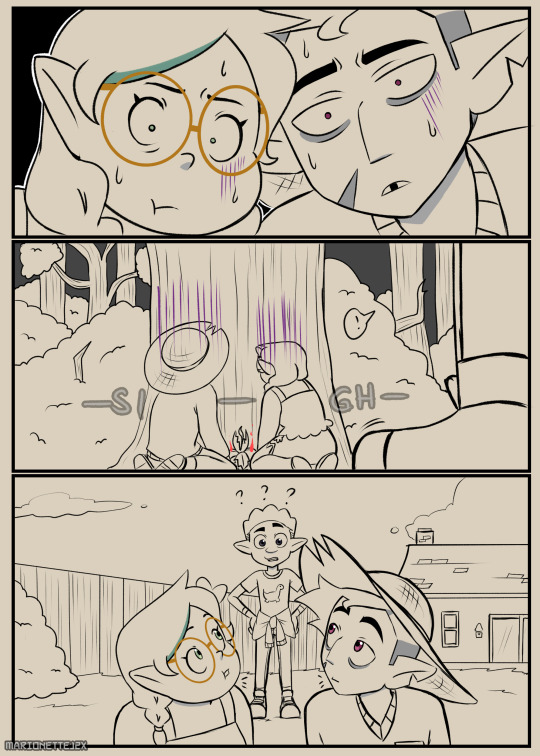

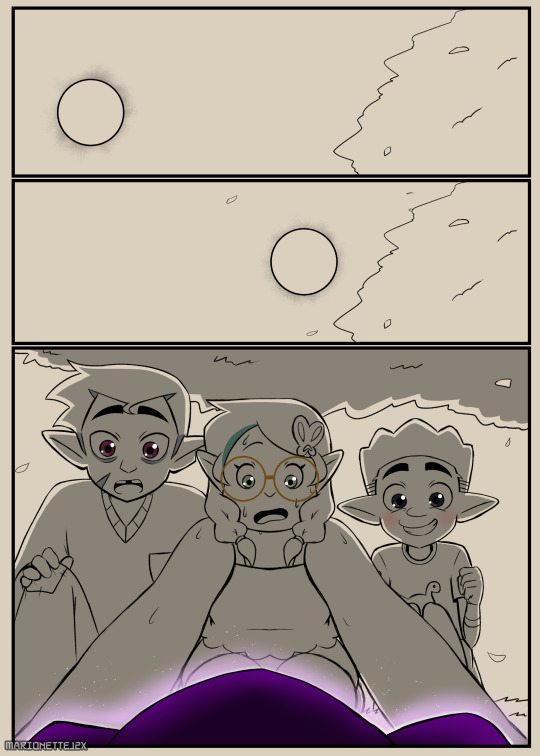
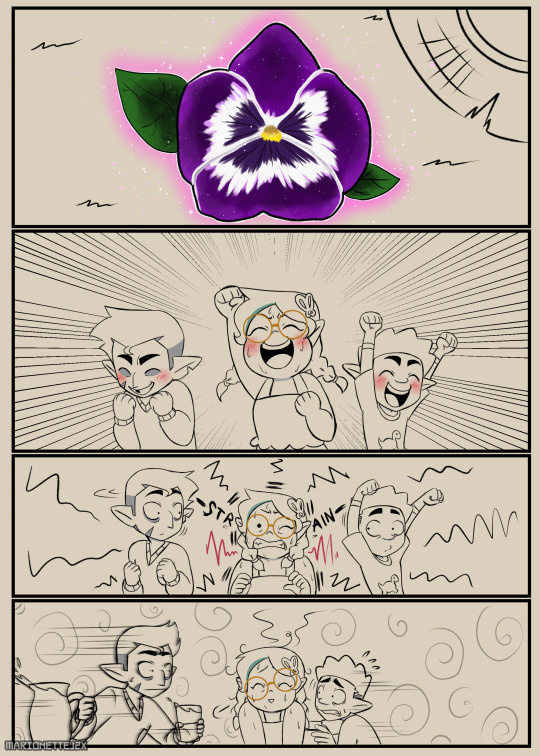
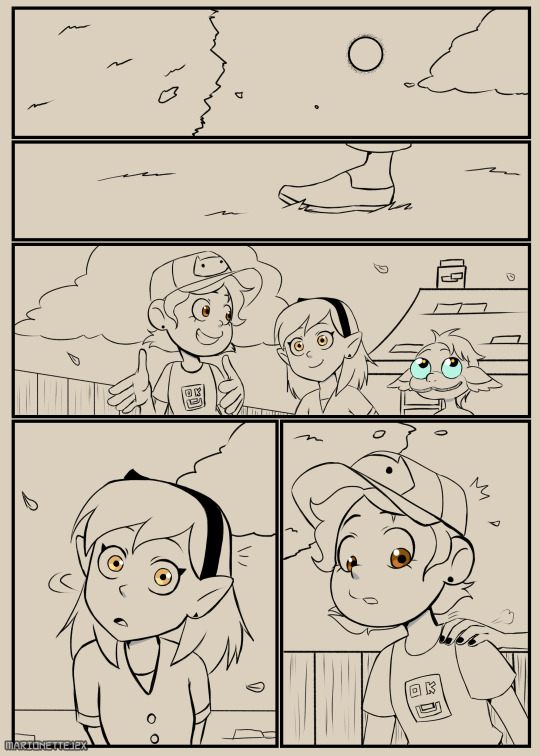
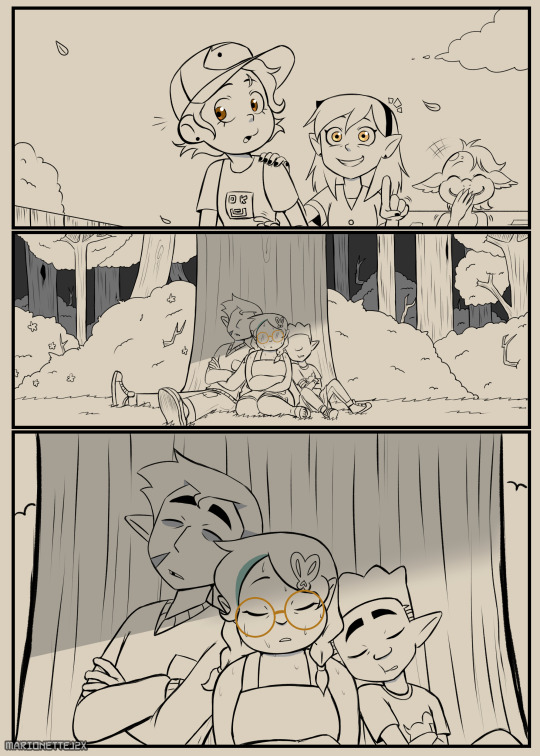
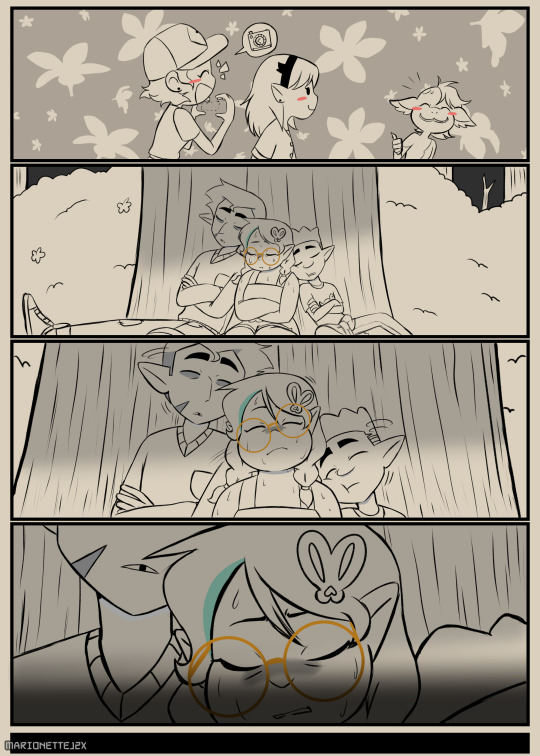
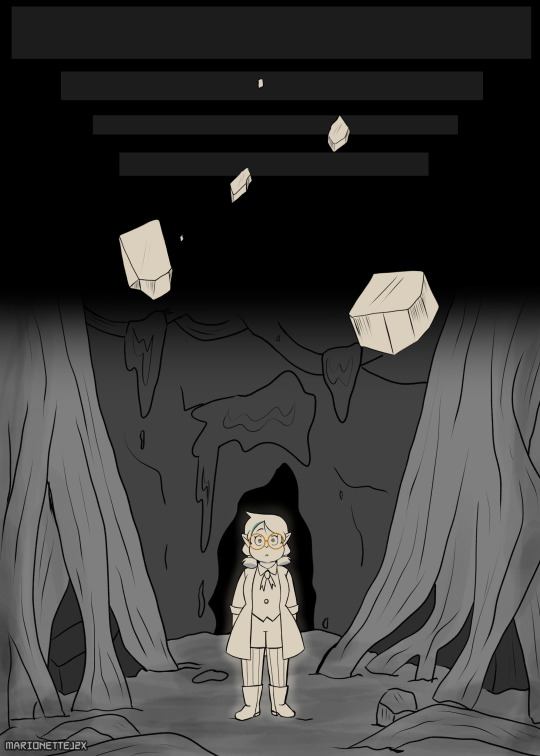

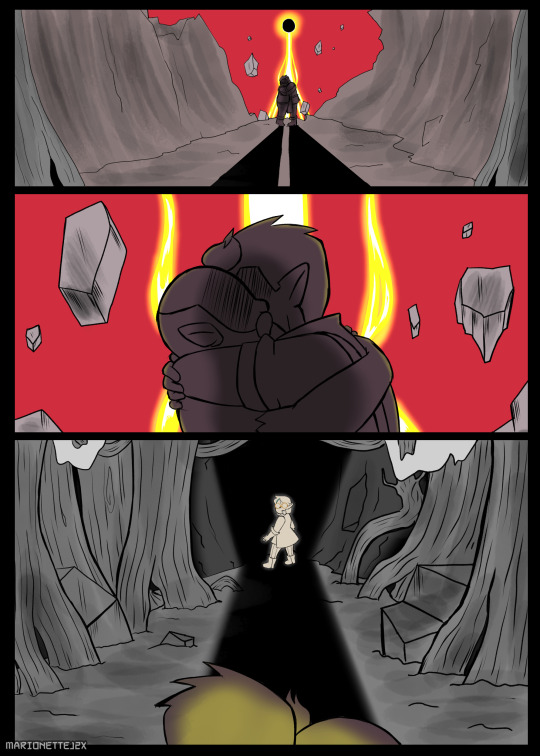
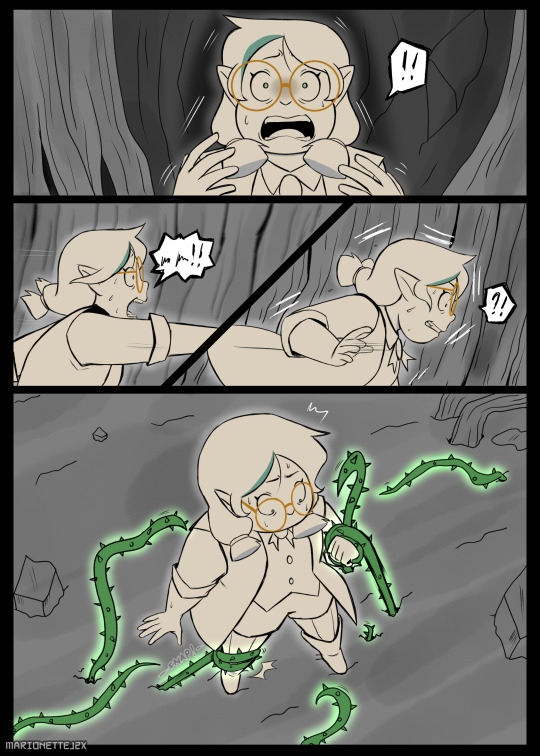
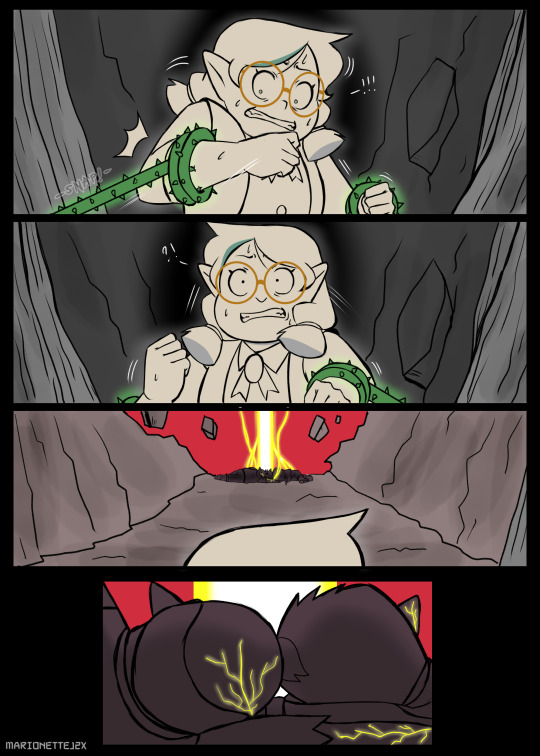
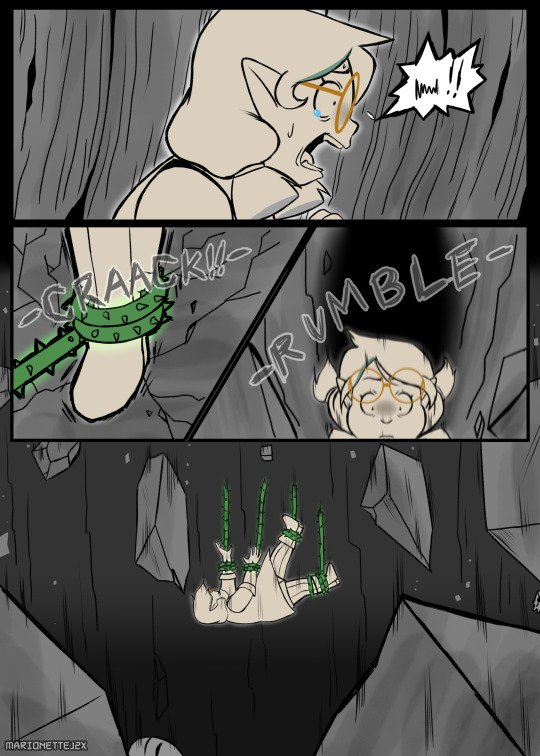
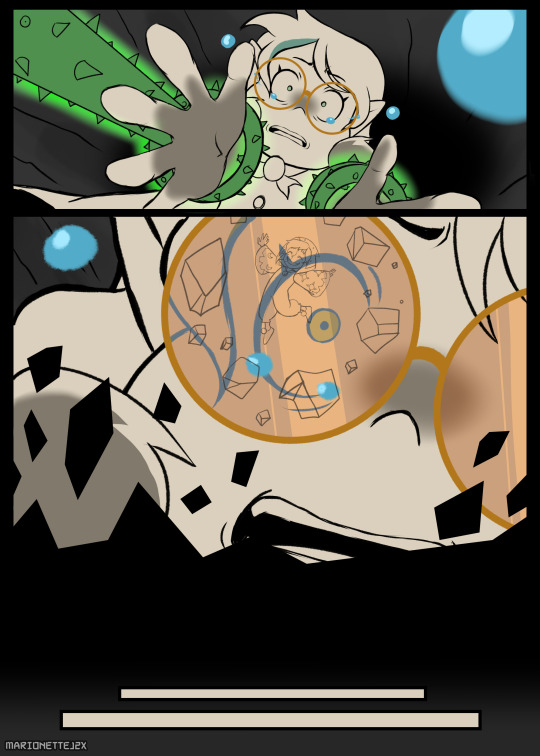

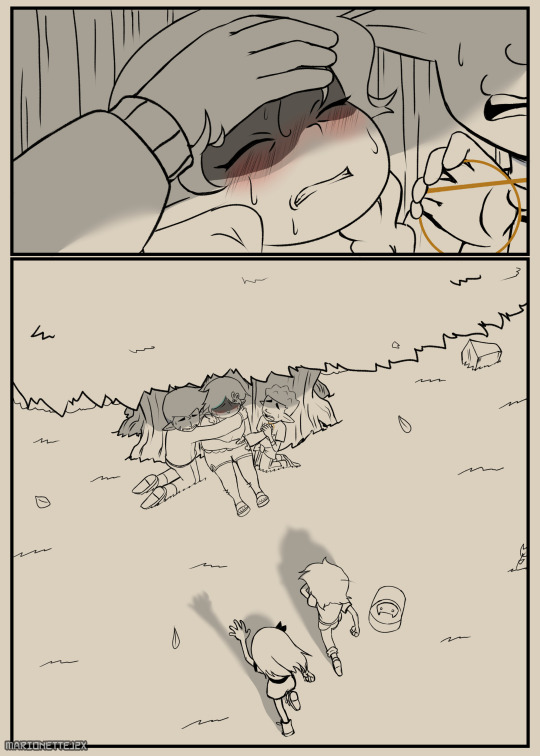

"The Garden"
...want a sequel for this one???
(Hi guys! Sorry about the late post for this comic. My job had been keeping me busy and also procrastination hit me like a freight train. I really hope I get my mojo back soon.)
BUY ME A COFFEE MILO?
2K notes
·
View notes
Text
Writing Notes: Clothing Textures

When you think of textured clothing, you might imagine a scratchy wool sweater or a soft fur coat, but every clothing item has some kind of texture. The texture of fabric is often determined by the type of weave, so it’s a good idea to get to know the 3 major weave types:
Twill: The distinguishing characteristic of the twill weave is its diagonal rib pattern. Twill weaves have a distinct, often dark-colored front side (called the wale) and a lighter back. Twill has high thread count, which means that the fabric is opaque, thick, and durable, making it perfect for chinos, upholstery, and bed linens. Denim is a twill weave fabric, as are tweed and houndstooth.
Satin weave: The satin weave creates a fabric that is shiny, soft, and elastic with a beautiful drape. Satin fabric has a lustrous surface on one side and a dull, matte surface on the other side. Satin is perfect for haute couture-style dresses and clutches.
Plain weave: Plain weave fabrics, including canvas, taffeta, and muslin, are made by overlapping the warp and weft (vertical and horizontal threads) at right angles. This forms a criss-cross pattern that looks the same on both sides of the fabric.
Common Fabric Textures
The types of fabric you’ll encounter when looking for different textures include:
Denim is a strong cotton fabric with a twill weave that gives it a subtle diagonal ribbing pattern. The diagonal ribbing is what makes denim fabric different from canvas or cotton duck, which are also sturdy, woven cotton fabrics.
Broadcloth is a plain-weave fabric that is traditionally woven from thick wool yarn—the fibres of which felt together as the cloth is made. Broadcloth is sturdy, stiff, and resistant to wind and water.
Seersucker is a type of thin cotton cloth. The way it is woven causes the threads to pucker and bunch, creating crinkles. Seersucker often comes in narrow white and blue stripes and is popular in summer fashion.
Corduroy is a soft, durable fabric. It is distinctive for the tufted cords—called “wales”—that run in parallel along its surface. Corduroy is typically made from cotton, but it can also be made from wool.
Leather is any fabric that is made from animal hides or skin, with cowhide being the most popular.
Suede is a type of leather made from the soft underside of an animal skin. It is softer, thinner, and more delicate than traditional full-grain leather. Suede is ideal for footwear, jackets, and accessories like belts and bags.
Brocade is a particular style of jacquard fabric that uses additional threads to create a raised pattern, resulting in an embossed or embroidered effect. Due to the technique used to make it, brocade fabric is not reversible, and it may appear rough or unfinished on the underside.
Silk is a natural fiber produced by the silkworm. Silk is incredibly durable, with a shine and softness that are unmatched. Silk fabric is used for formal attire and accessories like pocket squares.
Cashmere is a type of fabric made from the wool of cashmere goats and pashmina goats. Cashmere is a natural fiber with an extremely soft feel and great insulation. Cashmere is significantly warmer and lighter than cloth made from sheep’s wool. Often, cashmere is blended with other types of wool, like merino, to give it added weight, since cashmere fibers are very fine and thin.
Jersey is a soft, stretchy knit fabric that was originally made from wool. Today, jersey is also made from cotton, cotton blends, and synthetic fibers. The fabric is usually light-to-medium weight and is used for a variety of cotton clothing items, such as T-shirts.
Flannel is a soft woven fabric typically made from cotton. It is a common material for plaid shirts.
How to Mix and Match Clothing Textures
Texture is an easy way to add visual interest to an outfit. By layering different textures, you can create a distinct look.
Identify neutral textures. Mixing and matching textures is similar to mixing and matching patterns and prints. In the same way that certain classic prints appear neutral, simple textures can serve as a neutral base for wilder textures. Denim, cotton fabric, leather, and suede are some of the most basic textures that play well with other textures. Neutral textures that are smaller and less visible to the naked eye—like merino wool—pair well with more attention-grabbing textures.
Consider a texture’s typical context. Textures evoke specific moods. Silk lends a luxurious vibe to any outfit. A plaid flannel shirt can look cozy with corduroy, but it becomes more serious when paired with a black leather jacket. Denim is a casual texture you can use to dress down other fabrics: Pair a satin tank with jeans—rather than something like brushed wool trousers—for a relaxed yet stylish look. Think about the context in which you might wear a particular material, then pair that material with other textures to subvert expectations.
Mix textures, match colors. Sticking to a more limited color palette will give you free range to play with different kinds of textures. That doesn’t mean you have to dress in monochrome: You can use neutral colors to anchor your look, or choose two or three solid colors that work together.
Source ⚜ More: Notes ⚜ Writing Resources PDFs ⚜ How to Describe Clothing
7K notes
·
View notes
Text


Rain Coat by Andrew Wun Silk Mix Jaquard and Embossed Taffeta. Hand Beaded with over 30000 Swarovski Clear Crystals.
23K notes
·
View notes
Text


Linda Friesen 'The Stardust 2.0 version' Haute Couture Gown
30K notes
·
View notes
Text






Some of my favorites of the night …. I love black women
25K notes
·
View notes
Text




Interest check. 45 usd commissions like this for the month of September?
270 notes
·
View notes
Text






Huge commission I just finished for @morablackbird for her AU :D
395 notes
·
View notes
Text

I CAST FIREBALL!
Prints and shirts available at my store!
Open for Commissions! - info
All links
4K notes
·
View notes
Text
Archival Horror
I keep coming back to this concept in my head that is both a story and a concept for how a story could be told.
Part of the idea is that a collection of archival material is used as a framing device. Found footage horror is not new, and there would be some of that, and I also think of things like the SCP Foundation where the framing device is a collection of documents that are nonfiction in-universe.
But with my idea, the key concept is that the medium is an archive: it is a sprawling collection of material, the reader's questions are the only direction for how to navigate it, most of it is mundane or boring, and the sheer amount of material makes closely reading or consuming all of it impractical.
Originally, the idea was a collection of video footage shot by a person apparently wandering alone through the woods. I was interested in the idea of telling a story through video footage that was too long, and mostly too boring, for a single person to completely watch. Imagine something like 30 hours of footage, mostly showing the forest floor as the person holding the camera walks through the woods. The viewer would have to skip through the footage, or let it play in the background while they were doing other activities, and this would inevitably lead to an understanding of the footage that was incomplete, possibly leading to different interpretations as different viewers paid attention to or simply happened upon different parts of the videos.
But then I started to think of other things found in archives: photographs, maps, objects, interviews, letters, reports, newspaper clippings, audio clips. Collections can be digitized in an infinite number of ways, allowing a story told in this format to be as close as I wanted to the experience of exploring an actual archive.
And then I started writing up some mock "archival materials" for another WIP of mine, and I started thinking of the "archival horror" concept again.
In an epistolary novel, the "materials" are arranged in an order that causes them to tell a specific story. I am thinking of something closer to the experience of actually doing research in an archive: coming in with an inquiry, being brought a bunch of nondescript boxes, leafing through a dense, poorly organized collection of mostly irrelevant material.
I don't want there to be any obvious plot hooks, or a single "plot" at all. There are characters, settings, and events, but the "plot" is the series of revelations the reader comes to as they explore their inquiries, about "what happened" and "what narrative is this document trying to present, and why" and "what is not being said" and possibly why the documents are organized or presented in the way that they are in the first place.
The "beginning" of the story could be a mock encyclopedia/"wikipedia" type article explaining a key event or setting, and then there could be like a search bar or box that returns different materials, or a directory of different topics and formats, or both.
some thoughts on the story
There is A Bad Thing that happened. That fact is out in the open: there was an evil science organization that did human experimentation, something along those lines. There are grisly details of the Bad Things as well, if you dig. The mystery is not "what happened." The mystery is "where is What Happened hiding in all these nice normal photographs and articles about things and people that are nice and normal? How is What Happened connected to the dull, mundane contents of 99% of these boxes?"
a lot of the materials are completely worthless in terms of answering concrete questions, but literally everything has ideological implications in the fact that it was recorded at all.
a possible way to navigate the story is to find the names of people and hunt down all materials that pertain to that person, discovering the story of a "character." some characters will have a wealth of information, and some almost none. A lot of stories that ARE told are totally vapid. A lot of stories that AREN'T told say everything.
early on, you start to think you're figuring everything out. then, further on, you start to realize that the reality has to be 10 times worse and more evil than you were told starting out. But there are no articles and papers clearly acknowledging this, there is just you and your theories pieced together from fragments of documents in a dusty basement
807 notes
·
View notes
Photo
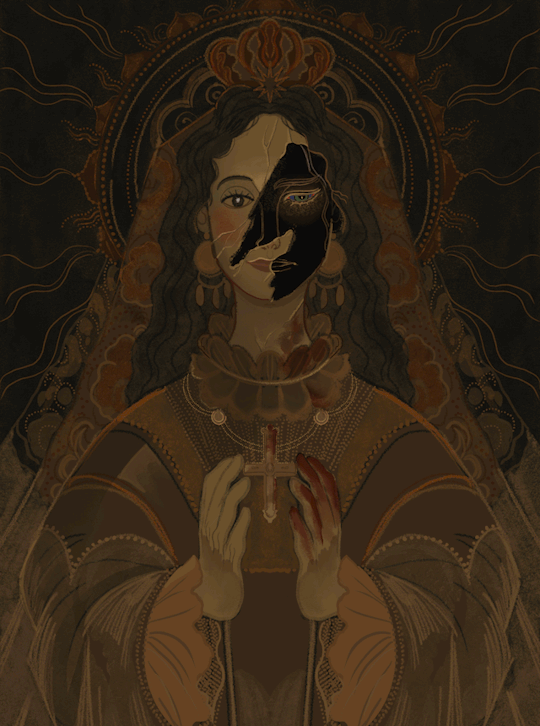
Apolaki Wept. (click for high res.)
Apolaki, the sun god of the Tagalog and Pangasinense folk of the northern Philippines, was said to have wept in great sorrow at the suffering of his people during colonial rule.
16K notes
·
View notes
Text

suuuuper rough dragon + unicorn watercolor sketch I’ve been chipping away at
108 notes
·
View notes
Photo

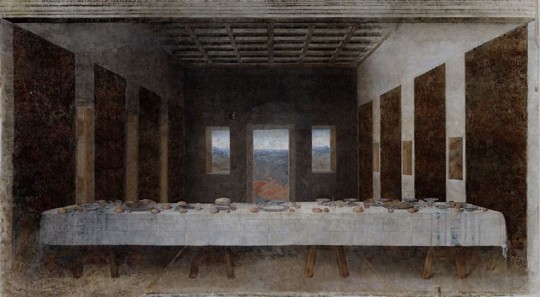
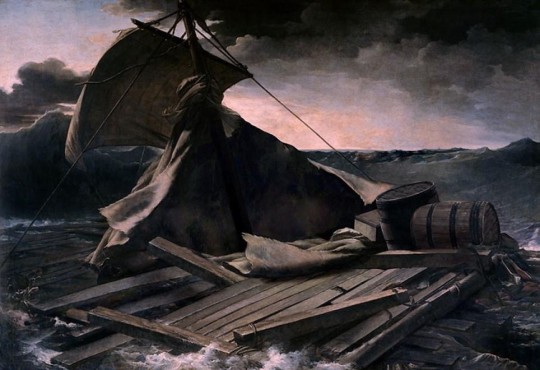
Where is everybody? José Manuel Ballester
126K notes
·
View notes
Text
There are like cis men fucked up power fantasy trope type of "bad person" characters, & there are characters who are just bad people; There are droves of solipsistic readers don't want to read that, because no one wants to read characters they can't insert themselves into, no one wants to think of themselves a bad person, or like someone who is capable of doing bad.
As a creator, I don't want you to feel "seen" more than I want you to "look". I want people to understand art as something that isn't about "consumption", and more a practice of compassion
618 notes
·
View notes








